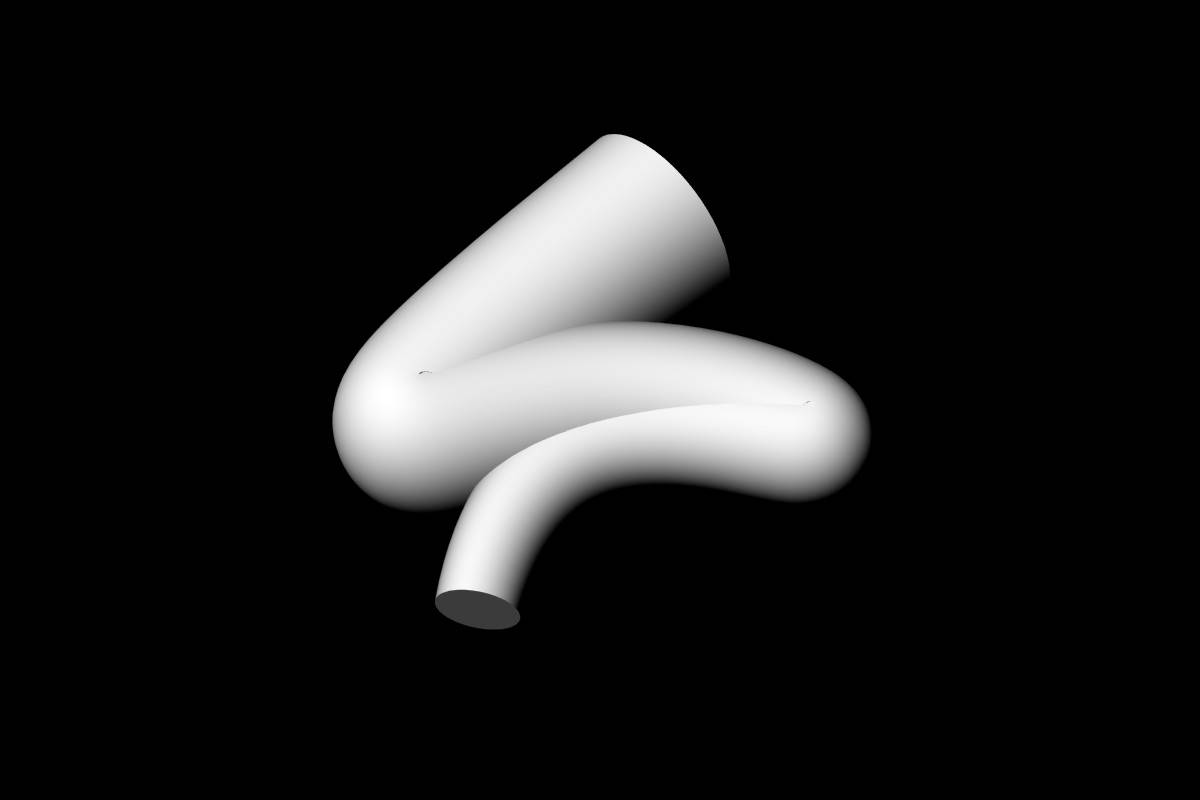Embodied Ideation
After Mondays Kick-Off and welcoming the new Interaction Design students we were immediately confronted with our first assignment – the analysis of a habit, behavior or personal issue. As I first tried to wrap my head around a decent idea, I felt lost. Every day we are confronted with so many impressions but none of those seemed worthy of an observation. While thinking, I caught myself chewing fingernails. Not that I was ashamed of this old habit, but due to the unpleasant looks, ignoring the needlessness of the activity itself.
As we talked about unnecessary mannerism, we discussed the nature of the need to do something while for example listening to a presentation or having a conversation. The chewing gum is another one of these weird creations that do not really serve a purpose. The chewing gums only aim is to save us from boredom and while doing so freshen our breath. Ironically many people actually claim to feel more concentrated while chewing.
Performance Day
Over the course of 24 hours, I noted every time of the day that I caught myself chewing my fingernails. As it turned out, I was most actively doing so while listening to other peoples presentation or watching TV series. I suppose that while I was not busy using my hands (for example while working by hand or writing on a laptop) I subconsciously started chewing. After these observations, I needed to find a convincing way to process these data into a performance. In the end, I imitated a clock, to symbolize the course of these 24 hours and mapped the happenings into my movement. Using a piece of wood and a rasp, I symbolized nail chewing in different intensities.
Right after these performances, we were having lunch with another assignment. The idea was to try to observe ticks or habits of classmates during the break and then enact them after lunch. Since I was having lunch with my girlfriend I could not partner up with her for the presentations but had the advantage of observing somebody that did not know she was being observed. She came to the Toni-Areal to get her phone screen fixed by a friend who studies here as well. As it turned out, the whole frame was slightly bent, which meant that there was no guarantee whether our friend would be successful or not.
Knowing this, I tried to observe patterns of nervousness during the lunch break. I realized that especially her looks kept swinging over to the nearest door, behind which our friend disappeared to fix the phone, in the hope that he comes back telling us that it all worked out. Besides these frequent looks towards the door, I did not notice large changes in her gesture. During our conversation, she obviously mentioned the fixing progress a few times, asking for my opinion on the matter and how long I thought it would take until our friend returned.
Social Credit System
The day after our first observations we built groups according to our interests in the current module. I mentioned my admiration for the concept of wearing your own data and repurposing objects which in general offer a great use. Adri and Manu expressed their fascination for similar topics and so it came that we're now working in a group of three.
After a long chat about possible sources of data, we came thinking about the tracking of smartphones. Google has a service which offers to display your location history in an interactive way. The discussion somehow shifted towards bonus systems and governmental surveillance, eventually ending up on recent news of Chinas Social Credit System. We agreed that this seems like a dystopian scenario. According to news sites, the government keeps track of peoples scores and then uses these to favor or penalize citizens. Those who are bad according to the system might then for example not have access to certain hotels, flights, housings or even dating.
Inspired and shocked at the same time, we determined to create a concept for our own scoring system. According to social media platforms, for example, we would critically measure peoples fame and create wearables according to this data. We are not quite sure yet on how exactly we will include these topics in the project. If it will be a completely critical design or only an ironic interpretation to draw more attention to the subject is still uncertain.
Mesh-School
We started Friday morning with a software input on Rhinoceros and Grasshoppers. After the first basic models, we looked at what's relevant for our current course – parametric design. Mapping data onto variables of a model is what will define the outcome of our fabricated thing. We later also made our first experiences with Skanect. Most of us were familiar with the Kinect itself, but have not worked yet with Skanect. I myself was very impressed by the scan we did of Tobias. Especially the color mapping turned out a lot more realistic than I imagined and the overall precision of the three-dimensional model was astonishing, regarding our shaky camera mount and Ismael, who rotated Tobias by hand.
All in all, the first week started quite intense and costly, yet expectant as I figure the successful scan motivated most of us to use the software's full potential for our fabrication methods.
